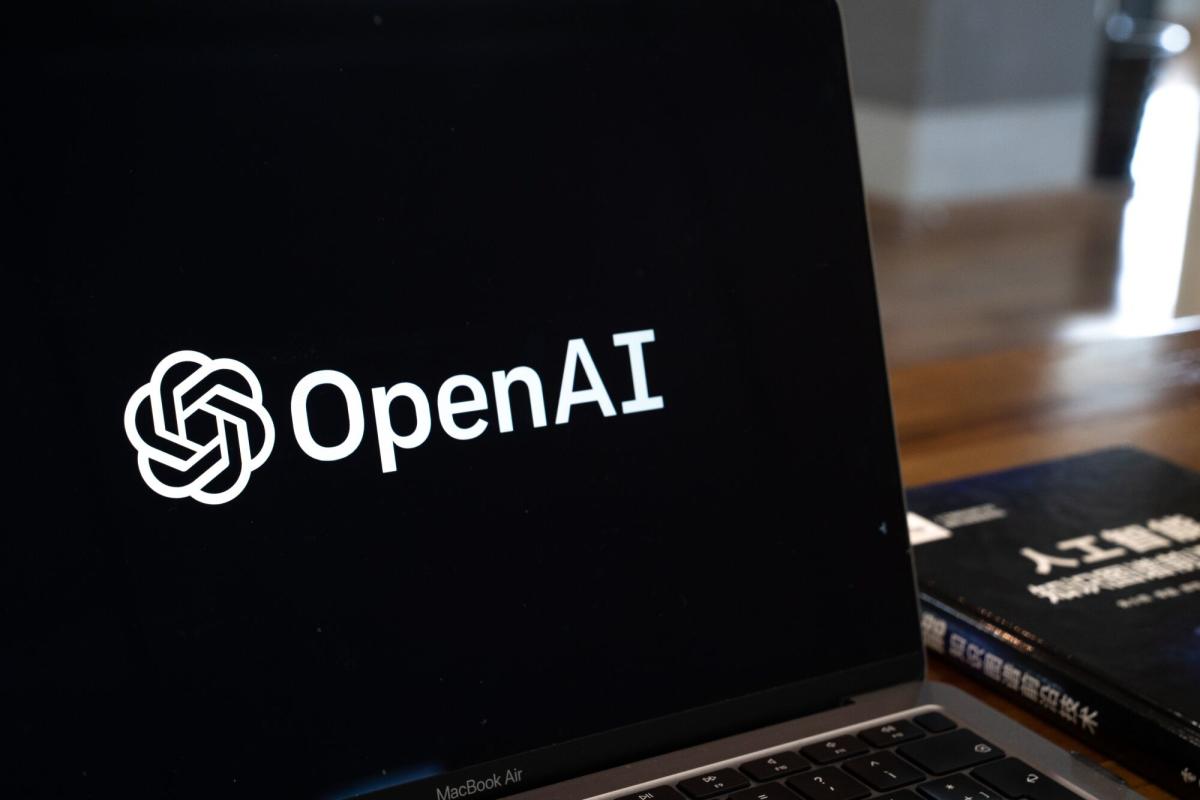Ever wonder why ChatGPT might politely refuse certain requests? OpenAI is providing some insight into the reasoning behind the rules governing its conversational AI models, whether it’s adhering to brand guidelines or avoiding certain types of content.
Large language models like ChatGPT have virtually no inherent limits on what they can say or do, which makes them incredibly versatile but also prone to generating false information or being manipulated.
For AI models interacting with the public, establishing boundaries on acceptable behavior is essential. However, defining and enforcing these boundaries is no easy task.
Consider scenarios like generating false claims about public figures or providing biased recommendations for products. AI developers must navigate these challenges while ensuring their models behave appropriately.
OpenAI is breaking the mold by sharing its “model spec,” a set of high-level rules that indirectly govern its AI models like ChatGPT. These rules outline meta-level objectives, hard constraints, and general behavioral guidelines.
For example, developer intent takes precedence, meaning a chatbot may refuse to provide a direct answer to a question if it goes against its programming. Similarly, certain topics may be off-limits to avoid potential manipulation or privacy breaches.
Determining where to draw the line is complex, especially in cases involving privacy or sensitive topics. OpenAI’s transparency in sharing these guidelines offers valuable insight into how AI companies set priorities and address ethical considerations.
While these guidelines provide a framework for responsible AI behavior, challenges remain in implementing and enforcing them effectively. Nevertheless, OpenAI’s transparency is a step forward in fostering understanding and accountability in the development and deployment of AI technologies.















































